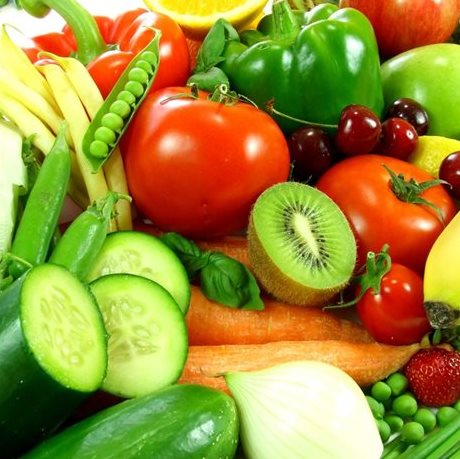A report conducted by Ipsos has uncovered the food attitudes and behaviours of Australians, with fruit and vegetable consumption and serving sizes of greatest concern.
Ipsos Food CHATS (Consumption, Habits, Attitudes and Trends) report surveyed 3,002 consumers and food decision makers aged 18 years and over, and examined four areas:
- Consumers’ diet and actual consumption, covering the 5Ws (who, what, when, why and where) and how consumption is changing over time;
- Decision making and what is influencing healthy food decisions in Australia;
- How food is being prepared at home; what are the trends in relation to cooking;
- Eating out occasions, behavioural decisions/drivers and food & beverage choices.
It found that the top five food priorities for Australians in 2016 are eating more fresh fruit and vegetables (40 percent), smaller portion sizes (31 percent), reducing sugar intake from food (24 percent), eating healthier snacks (23 percent) and cutting down on fat (23 percent).
Taste and price top the list of purchase drivers in-store, at 72 percent and 63 percent respectively, followed by price discounts.
Ipsos strategy & research director Kathy Benson said “Making a quick decision in-store, purchasing products which are familiar and easy to use at home, as well as meeting budget restrictions, are still very important factors when it comes to making food purchases.”
Health continues to be the high priority area for 2016 and Australians want the government to do more about it. After a number of food safety scares last year, food origin and safety is a clear priority and sustainability and recycling continue to gain traction.
When it comes to sugar, one in two adult Australians believes there is too much sugar in packaged goods, however only one in four have tried to reduce their sugar intake.
Snacking is still very popular with two-thirds of Australians snacking between meals and healthy snacks are a priority. Although diet fads have also become top of mind, with the paleo diet achieving the highest awareness at 47 percent, trial of these diets remains low at below 10 percent.
What consumers want
In terms of what consumers want to see more of, the study found that natural sugar substitutes are of greatest interest (65 percent), as well as ‘no added hormone’ beef (55 percent), organic chicken (46 percent), stall-free pork (41 percent), organic beef (40 percent), plant-based milk alternatives (33 percent), sugar substitutes (32 percent) and vegetable protein (31 percent).
Australians want to consume less artificial sweeteners (55 percent), sugar from beverages (49 percent), sugar from breakfast cereals (48 percent), food additives (41 percent), trans fat (40 percent), fat from meat (35 percent), sugar from sweet snacks (35 percent) and fat from dairy (19 percent).
Eating out
One in three Australians say restaurants or cafes are their favourite places to eat out, followed by fast food chains, food courts and clubs and pubs.
Fast food chains dominate the average number of eating out occasions at 4.6 times per month, compared to restaurants and cafes at 4.2 times. McDonald’s is the most popular fast food venue (28 percent), followed by Hungry Jacks (14 percent), KFC (10 percent), Subway (nine percent) and Coffee Club (four percent).

